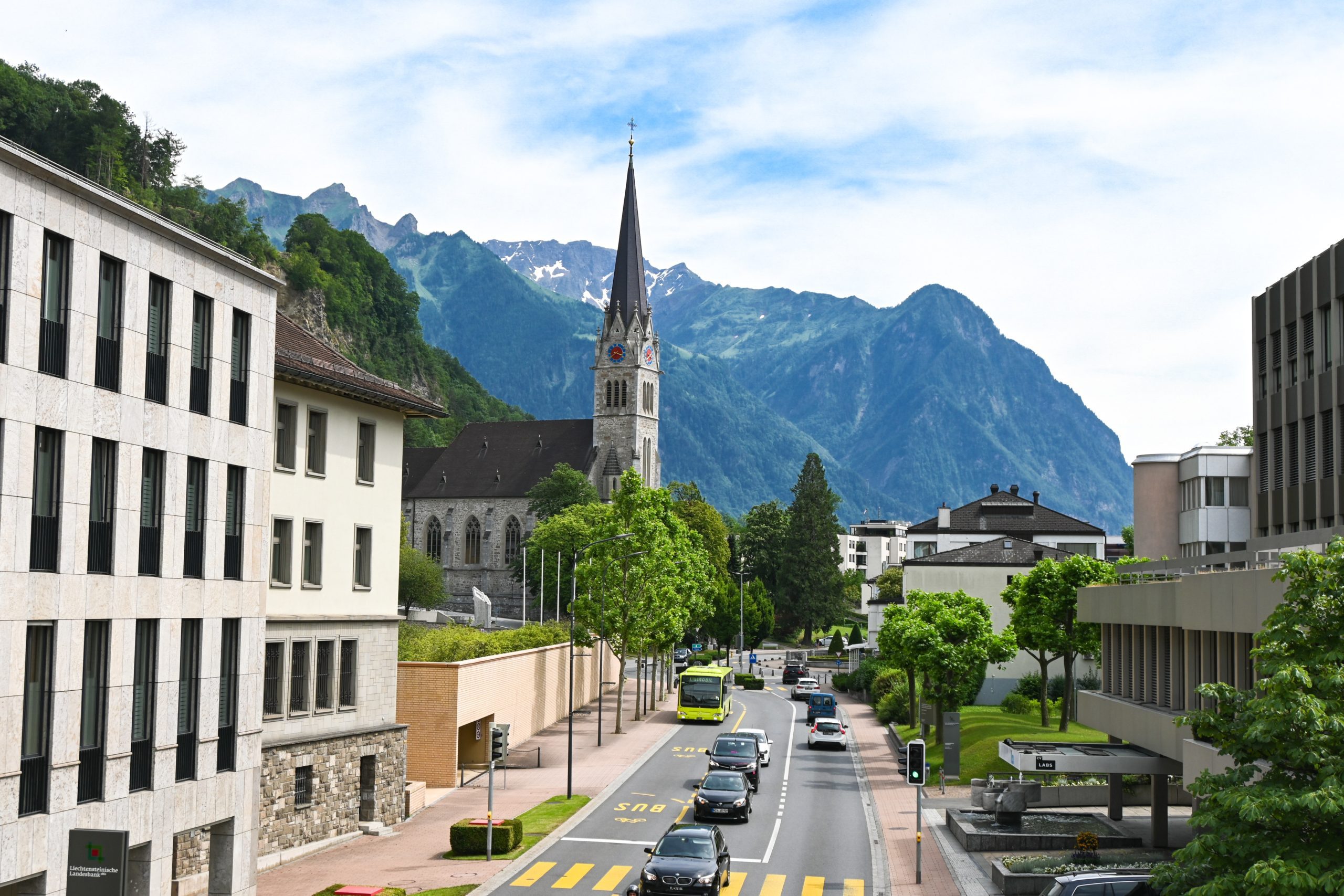
An Insider’s Guide to Liechtenstein Map – Best Travel 2024
An Insider's Guide to Liechtenstein Map - Best Travel 2024
Liechtenstein’s Vaduz offers a tranquil lifestyle, and the people there are quite kind to visitors. We are delighted to share with you our experience of this little country, which we thoroughly enjoyed:
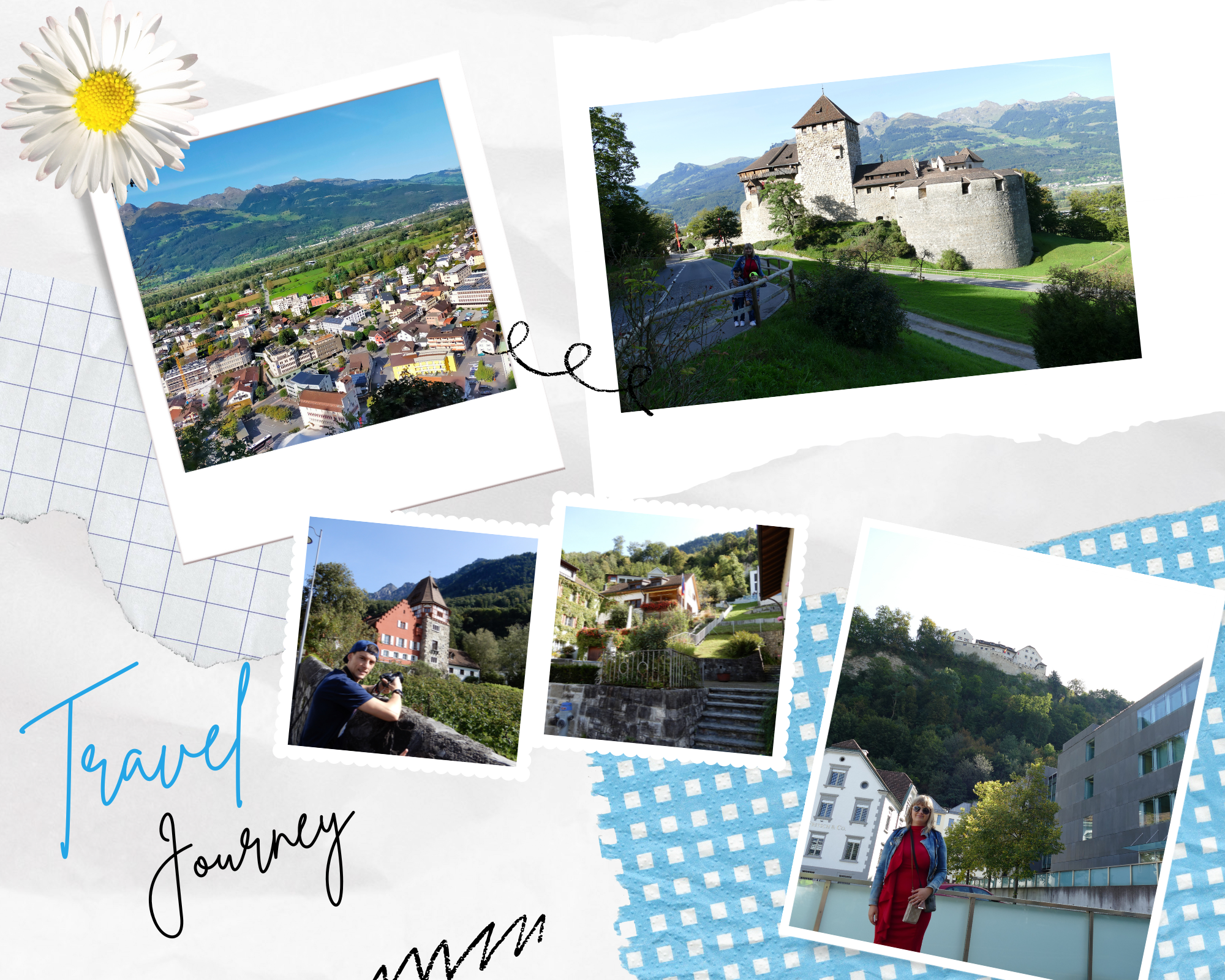
Photo Source : traveldreamdiary.com
Informations
Situated in the southwest of Central Europe and surrounded by the Alps lies the German-speaking microstate of Liechtenstein. Schaan is the largest municipality while Vaduz is the capital. It is also the smallest nation with two borders. Together with Uzbekistan, Liechtenstein is one of just two doubly landlocked nations on Earth.
Temperature: Liechtenstein has a temperate alpine climate with mild winters and hot, humid summers. Winter in Liechtenstein lasts from November to February, and the summer lasts from June to August.
Language: The official language is German.
Currency: Swiss Franc (CHF)
Food Prices: Meal in a cheap restaurant=23 EUR, Meal for 2 People, Mid-range Restaurant=92 EUR
You can find more information about the visa here.
Notice: Several of the links below are affiliate links, which means that if you click over and make a purchase, I will get a commission at no extra cost to you. Here is a link to our complete affiliate disclosure.
Things to do
Naturally, we wanted to see Vaduz Castle, which is perched on a rocky terrace above the metropolis, as our first tourist destination. Seeing the nation and its breathtaking vistas from above was an incredible experience. Definitely put this on your list of things to do when you visit Vaduz.
Vaduz Castle
The Prince of Liechtenstein’s official house and palace is Vaduz Castle (German: Schloss Vaduz).The town of Vaduz, the capital of Liechtenstein, which it views from a nearby hilltop, was named after the castle.The counts of Werdenberg-Sargans were the previous owners, and they were probably also the constructors. The oldest are portions of the eastern side and the bergfried, or keep, which dates back to the 12th century. The tower is situated on a 12-by-13-meter (39-by-43-foot) plot of land. The tower walls at the ground floor are up to 4 meters (13 feet) thick. The original entrance was 11 meters (36 feet) high and located at the courtyard side.
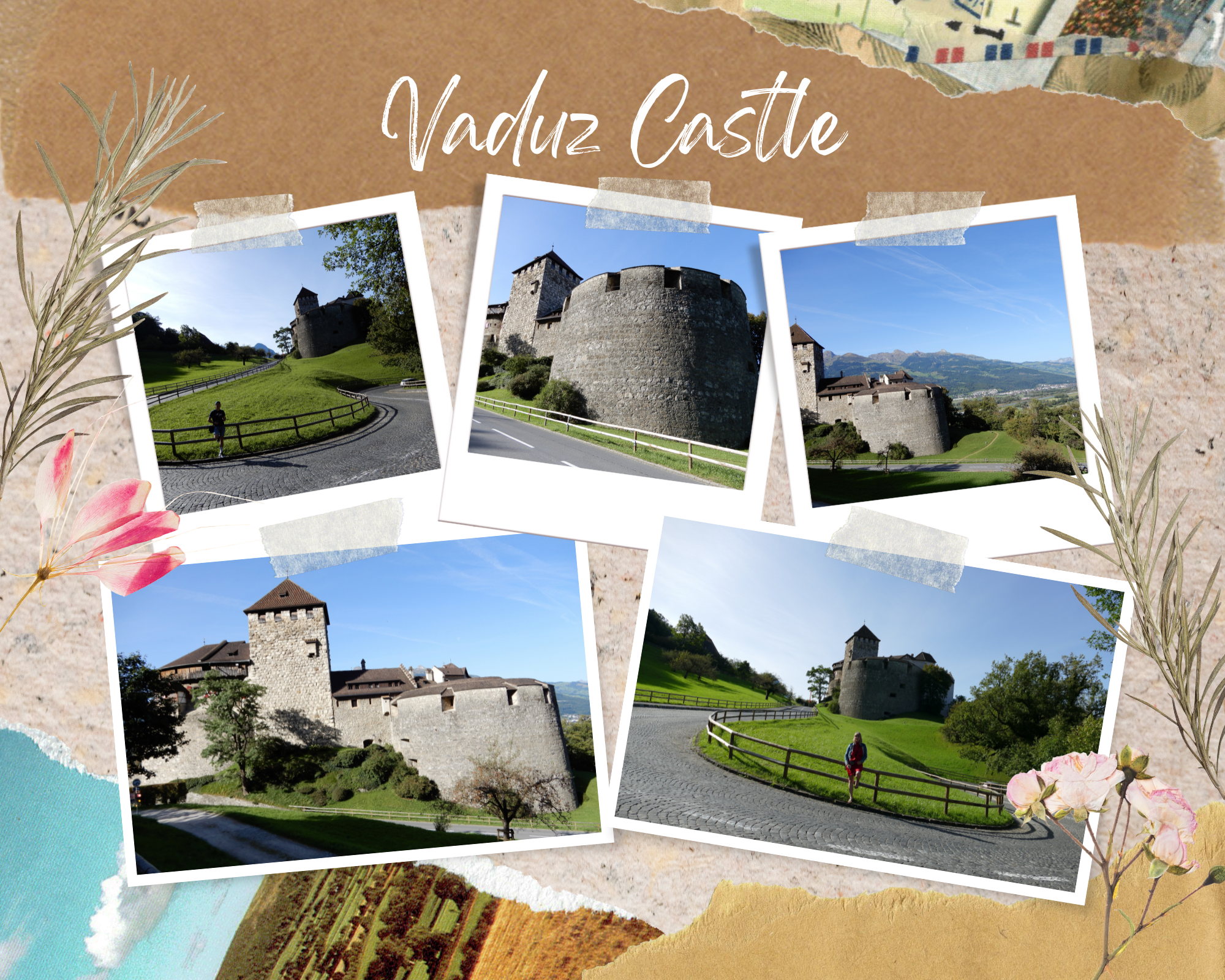
Photo Source : traveldreamdiary.com
After making our way to the city center, we began to explore. We went to the Liechtenstein Treasury, the Liechtenstein Art Museum, the Liechtenstein State Museum, and the Vaduz Postal Museum. Here are a few photos shot in Vaduz’s center:
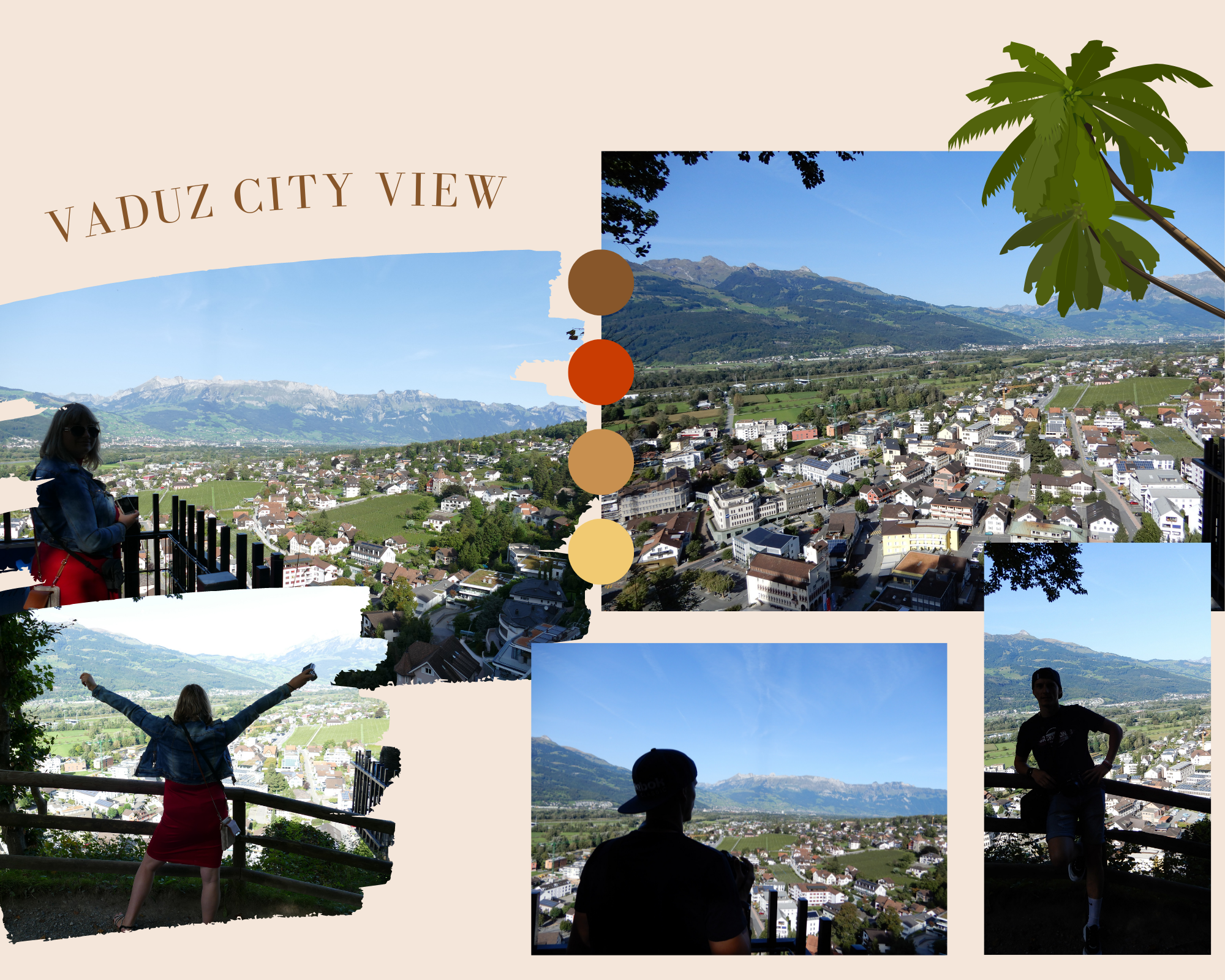
Photo Source : traveldreamdiary.com
Vaduz City Center
What a wonderful city! Vaduz has a really welcoming vibe to it all. The parking garage across from the museum is free to use on weekends. The streets are cheery and welcoming. There are hidden little and huge pieces of art everywhere; something intriguing, lovely, or humorous may be found in every square and alleyway. Even if you leave no money behind, the staff members at the businesses and tourist attractions are incredibly kind. It’s true that the prices are expressed in Swiss francs and peppered. However, you can pay with a card everywhere, tiny mementos are less expensive, and exploring and taking in the city is completely free. Additionally, I think the seat cushions at the tourist center are great and really welcoming.
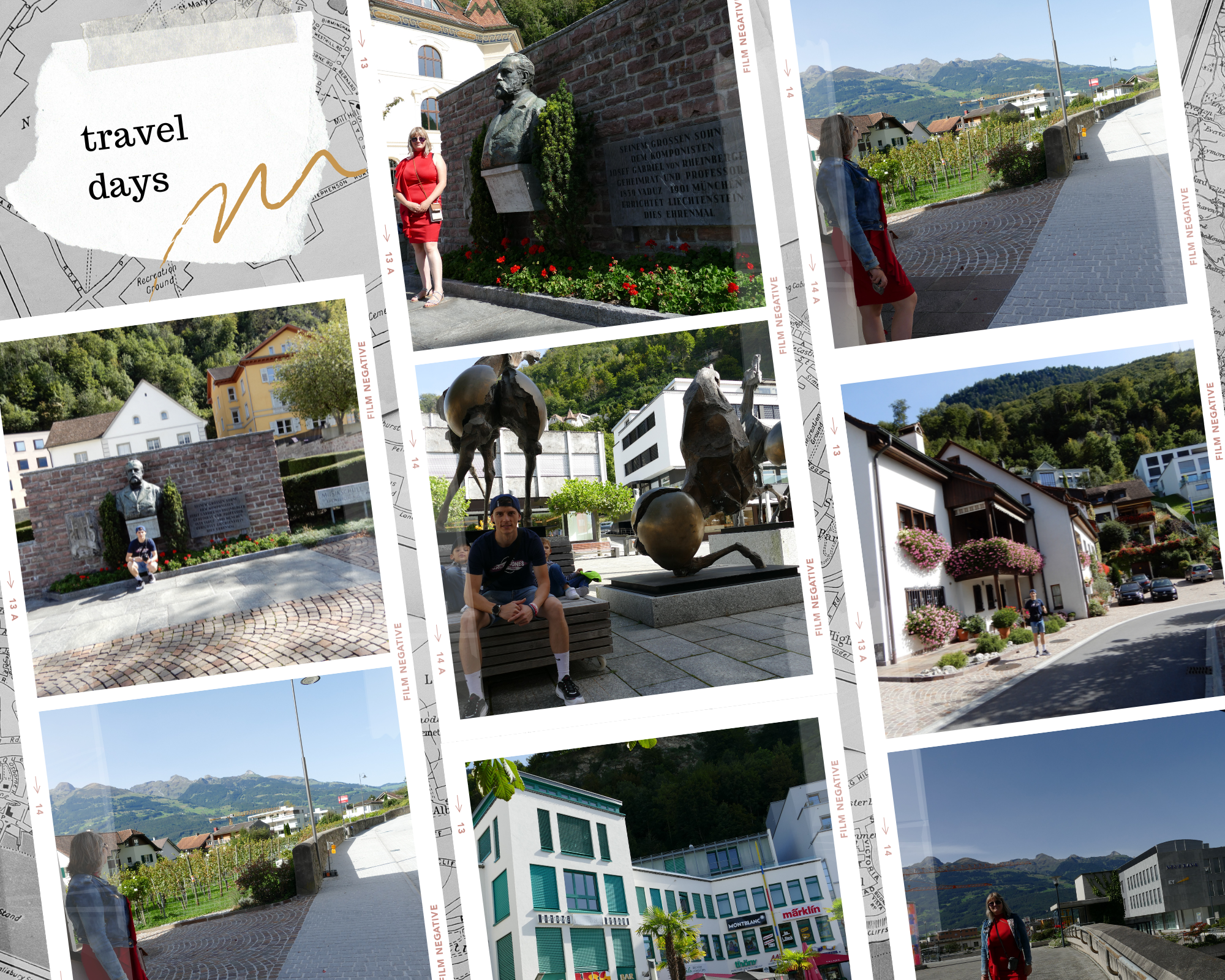
Photo Source : traveldreamdiary.com
Liechtenstein Art Museum
Located in Vaduz, Liechtenstein, the Kunstmuseum Liechtenstein (literally, Liechtenstein Museum of Fine Arts) is a government-run art gallery. November 2000 saw the completion of the structure designed by Swiss architects Christian Kerez, Heinrich Degelo, and Meinrad Morger. The museum houses both the Principality of Liechtenstein’s national art collection and an international collection of modern and contemporary art. The Kunstmuseum added the new Hilti Art Foundation show building in 2015.
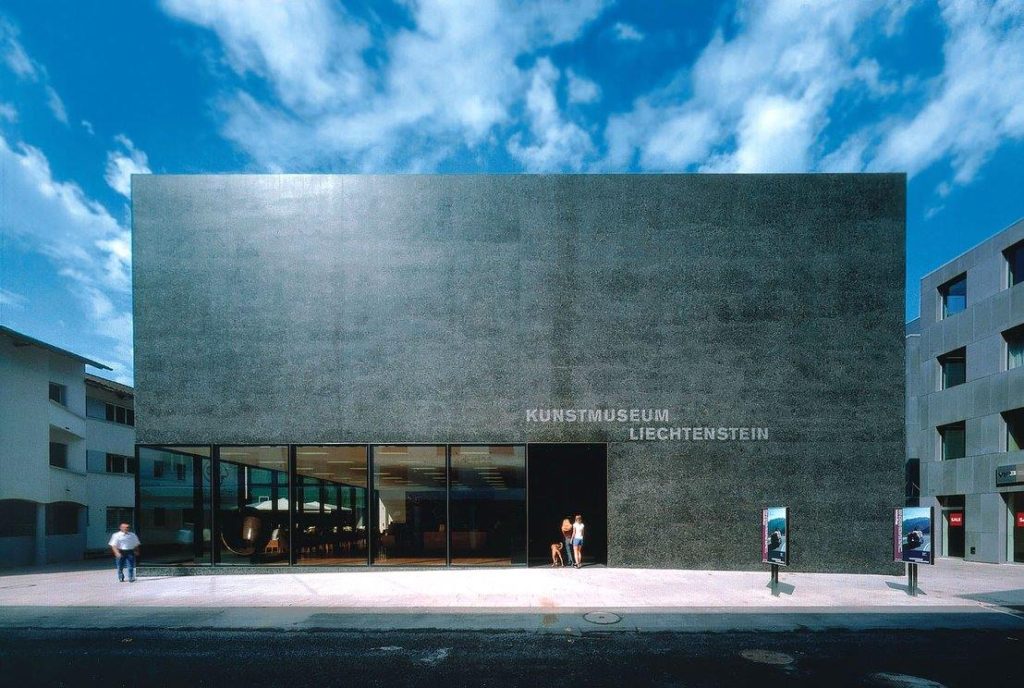
Next, we proceeded to the Red House, where we had to request instructions from the occupants due to road construction. They are constantly willing to assist tourists in need and were incredibly kind and amiable. Here are a few photos we took on our stroll to the Red House:
The Red House, Vaduz
The Red House is a stepped gable home in Vaduz, the capital of Liechtenstein, with a wine press and residential tower appended. Originally constructed in the late Middle Ages, the structure has undergone centuries of expansion with new building components. The historic Vaduz center, Mitteldorf, is where the Red House is situated. The building complex is made up of a wine press structure in the east, a residential tower in the middle, and a residential home with a stepped gable in the west. To the south of the building complex is a vineyard.
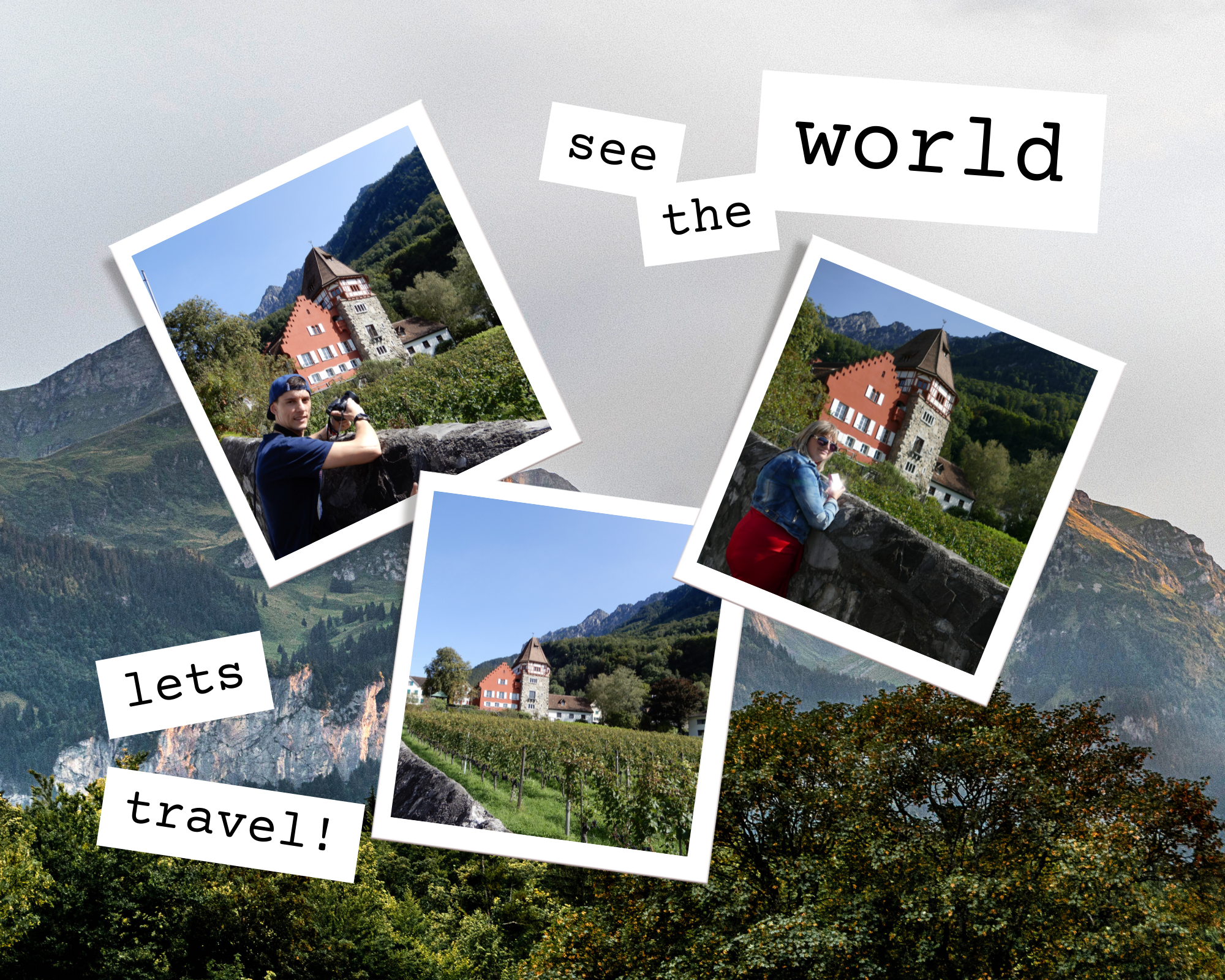
Photo Source : traveldreamdiary.com
We visited the nearby St. Florin Cathedral, which was constructed between 1869 and 1873, after taking in all of the center’s attractions. It’s a stunning cathedral. These recollections are what we have:
St. Florin's Cathedral
The St. Florin’s Church in Vaduz, Liechtenstein, is an east-facing, three-aisled, neo-Gothic church with a front tower. It was constructed between 1869 and 1873 under the supervision of architect Ignaz von Banko, using designs by Friedrich von Schmidt. The church’s patron saint is St. Florin, a native of Matsch in the Vinschgau region who lived in the seventh century.
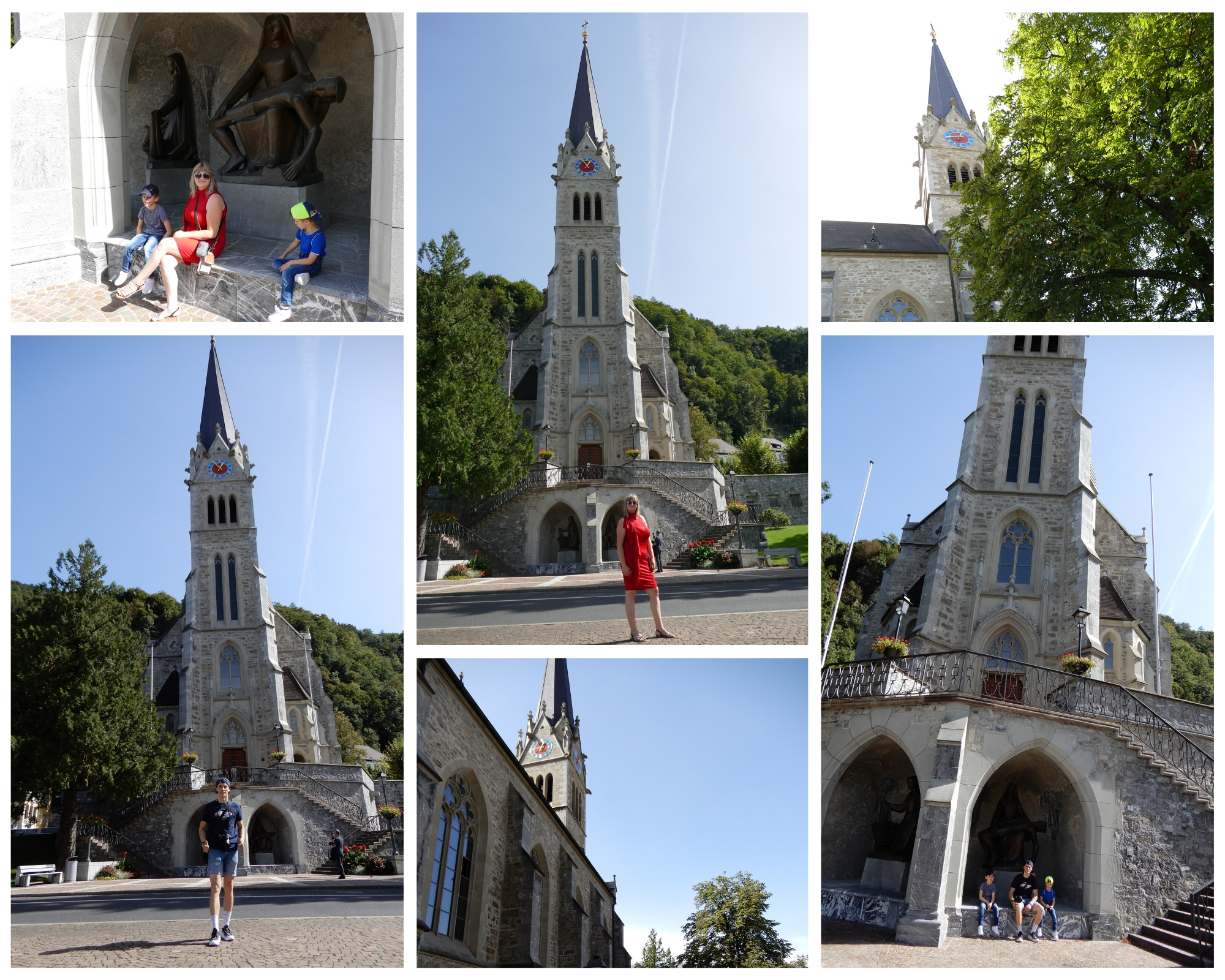
Photo Source : traveldreamdiary.com
Even after seeing all that Vaduz has to offer, we felt as though we still hadn’t had enough Liechtenstein, especially after seeing some stunning images taken from a lake.We went to the magnificent Gänglesee because, of course, we wanted to witness it for ourselves. If you locate all of the aforementioned sites in Vaduz in close proximity to one another, it will take you around 20 minutes to travel the 20 km to Ganglesee. It was so gorgeous there that words cannot express how it felt. Those breathtaking vistas give you the feeling that you have arrived in heaven.
Gänglesee
Situated in the Rätikon, the Gänglesee is 1,002 meters above sea level. M. Höhe next to the Liechtenstein hamlet of Steg, which is a part of the Triesenberg municipality. Through it flows the Valunerbach. It is immediately connected to the Gänglesee and acts as a muck collector for the Steg reservoir. The alpine lake is suitable for swimming, and there are picnic spots along the edge.
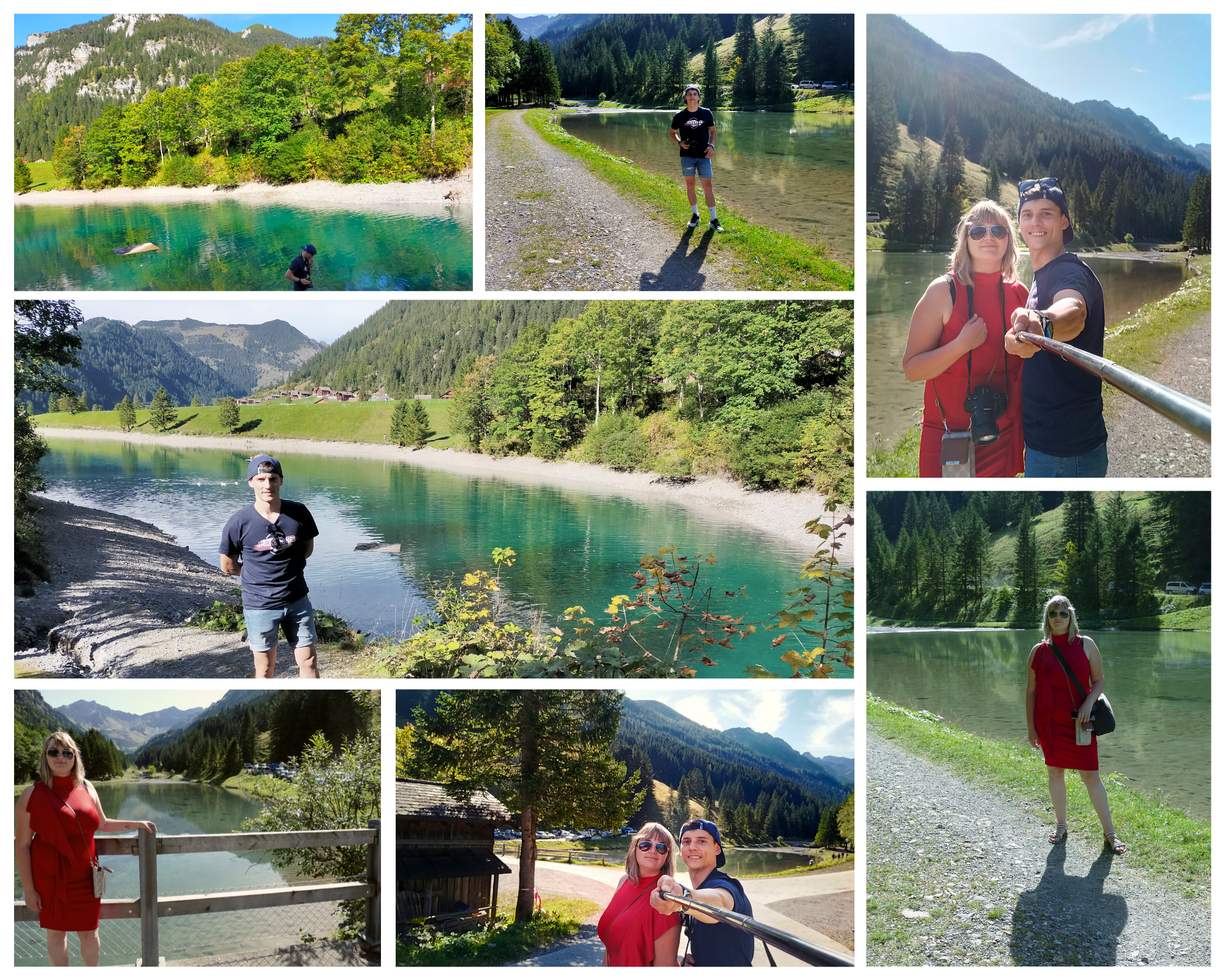
Photo Source : traveldreamdiary.com
Neu Schellenberg ruins
The bigger and more ancient of the two abandoned castles in the Schellenberg Municipality is called Obere Burg. By 1200, the construction had already been completed. The date of the castle’s earliest mention in written sources is January 10, 1348. Current estimates place its occupancy in the 16th century, after which it was abandoned[why?] and could no longer be used as a place of residence. The castle became a ruin and lost its military use in the ensuing centuries. The badly overgrown ruin was given to the Historisches Verein für das Fürstentum Liechtenstein (Historical Association of the Principality of Liechtenstein) in 1956 by Franz Joseph II, Prince of Liechtenstein. Currently the ruin’s owner and custodian, this organization is in charge of its investigation, maintenance, and conservation.
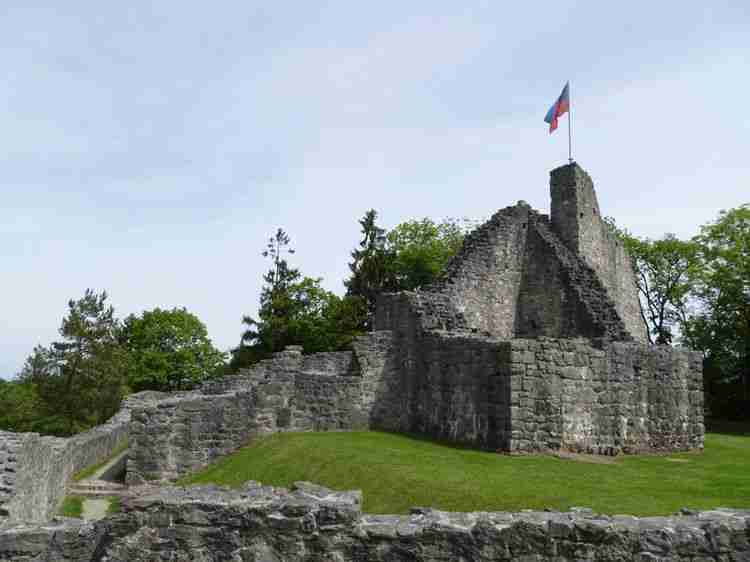
Photo Source : traveldreamdiary.com
Gutenberg Castle
Originally situated atop a hill, Gutenberg Castle was a medieval chapel and graveyard. After the cemetery was abandoned in the early twelfth century, work on fortifying the old church building gradually got underway. A ring wall was added, creating a basic, approximately circular keep. A number of improvements were made throughout the 12th century, the most notable of which was the construction of the main tower by raising the height of the preexisting keep. Eventually, merlons were installed in the tower. The castle belonged to the lords of Frauenberg, an aristocratic family from the Swiss canton of Graubünden, in the 12th and early 13th century. Following Heinrich von Frauenburg’s death in 1314, the castle was acquired by the House of Habsburg.At that time, its main purpose was to protect the frontiers separating the independent Swiss cantons from the surrounding Habsburg-owned regions.
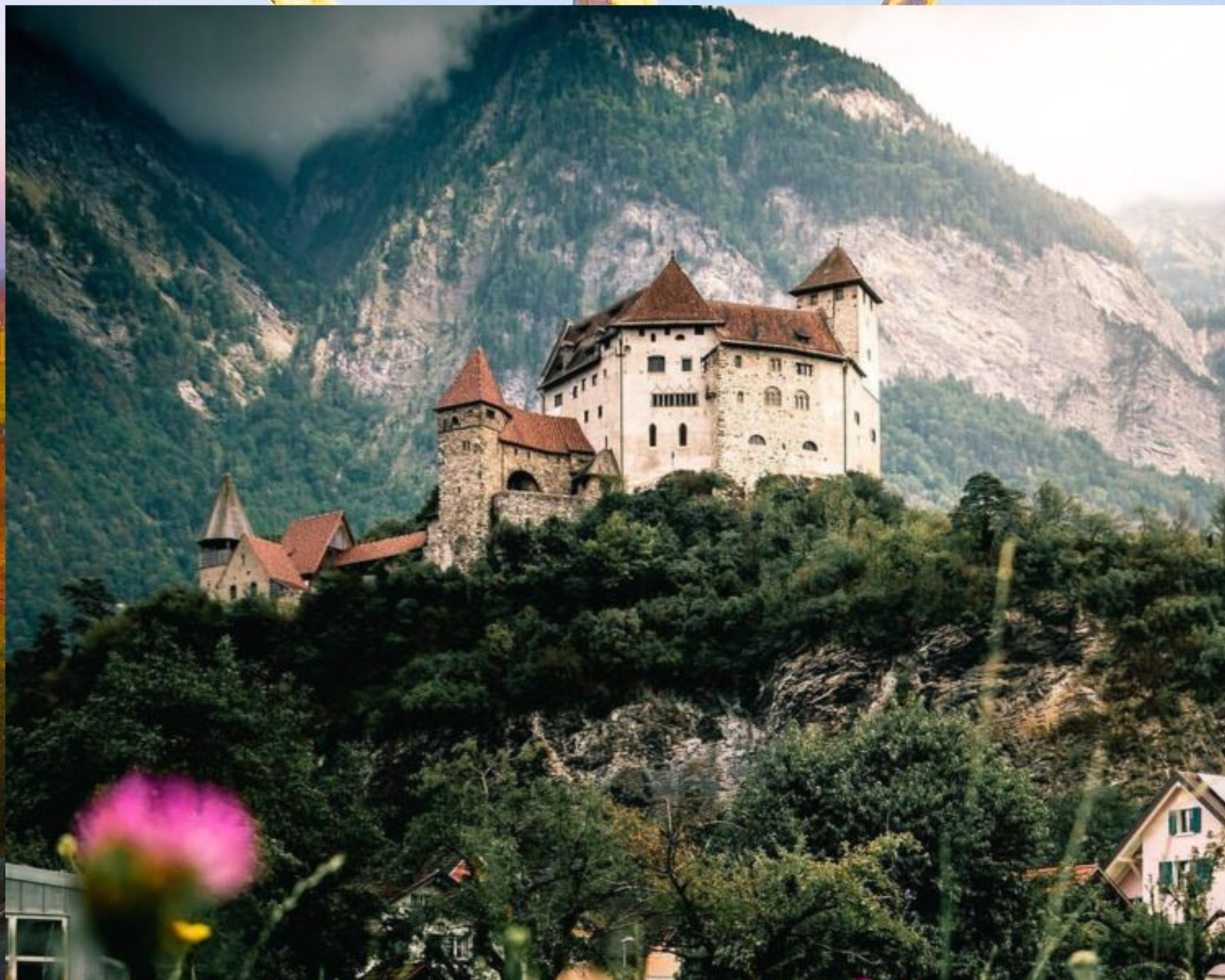
Photo Source : OanaAlexandra on canva.com
Lama- & Alpakahof Triesenberg
For those who love the outdoors and animals, the Lama- & Alpakahof Triesenberg is a dream destination that offers a wealth of unforgettable experiences. The breathtaking views of the limestone mountains elevate this estate to a unique location that is ideal for a leisurely day or perhaps an overnight stay. The Lamawanderungen, which provide guests the chance to accompany the gentle riesen on guided tours around the picturesque landscape, are a highlight of the Hofe. An alternative is to experience Lamatrekking with a culinary twist by opting for a Lamawanderung with food. The Hof offers a Hofladen as well as two locations with Hofladenautomaten for everyone who enjoys bringing locally produced goods home. Fresh vegetables, eggs, honey, and other delicacies are among the freshly prepared items that fill these self-meal plates.
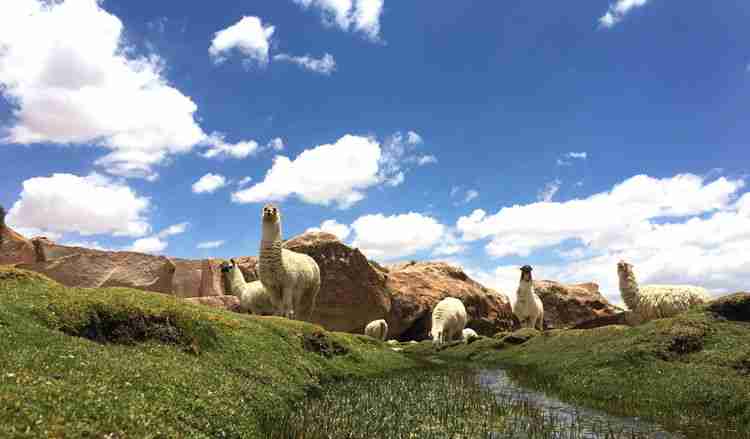
Photo Source : OanaAlexandra on canva.com
Where to stay
Where to eat
“Käsknöpfle” is the national dish of Liechtenstein. This gastronomic delicacy is produced from a simple dough consisting of flour, eggs, water, salt, and pepper. Liechtensteiner Fish Stew Hafalaab is a soup with dumplings that has ham or smoky bacon flavoring. A Liechtensteiner meal called schnitzel is made with thin slices of beef that are frequently fried with onions.
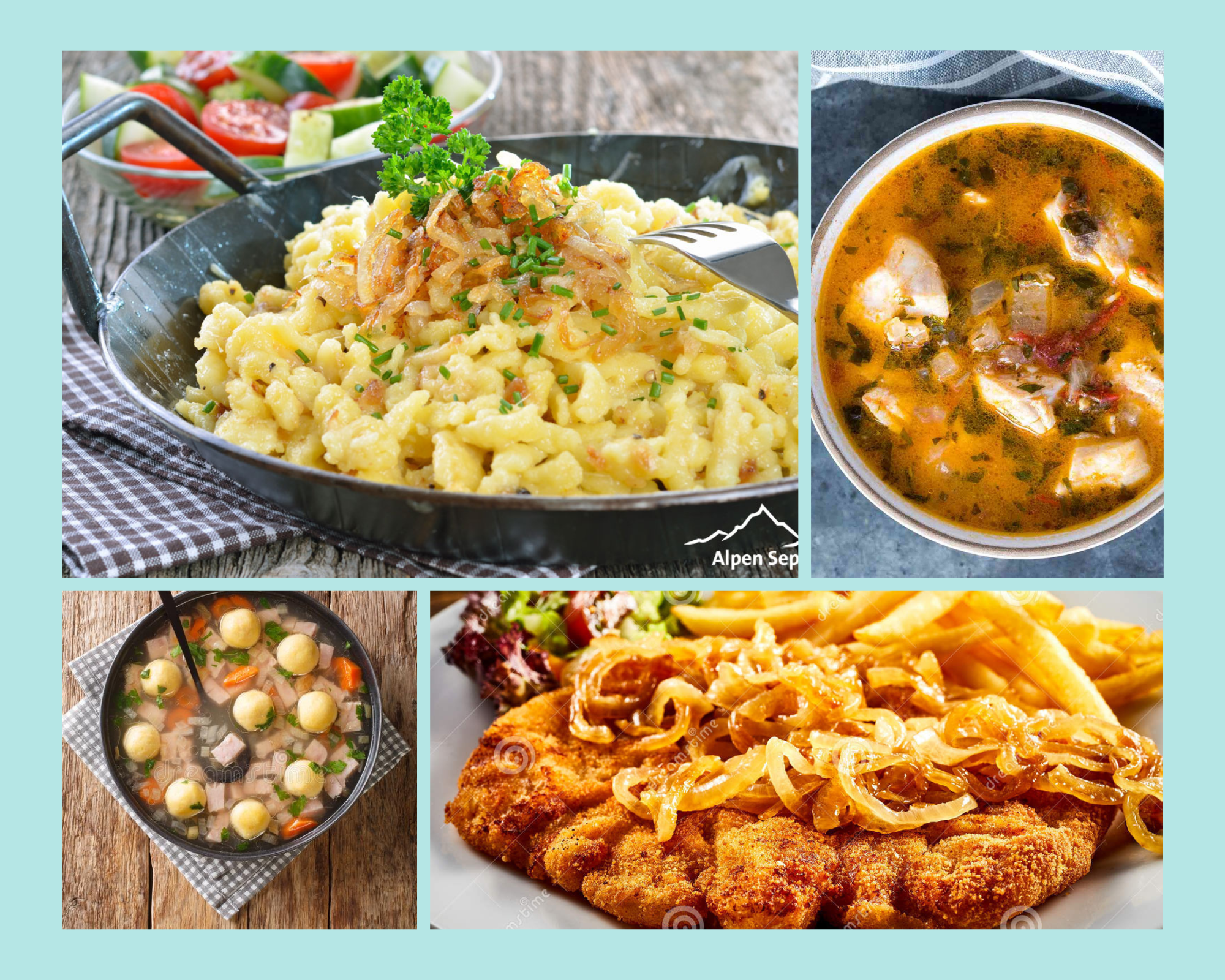
Photo Source : traveldreamdiary.com
Ribel is composed of cornmeal, much like polenta. It is cooked by adding boiling milk or water to the cornmeal, and then roasting it with butter or oil. Another typical Liechtenstein dish is torkarebl. Milk, water, salt, and maize flour are combined to make this. A sausage called schwartenmagen is created with spices and offal, typically pork. Käsespätzle, often known as spätzle with cheese, is a typical dish in central and northern Liechtenstein.
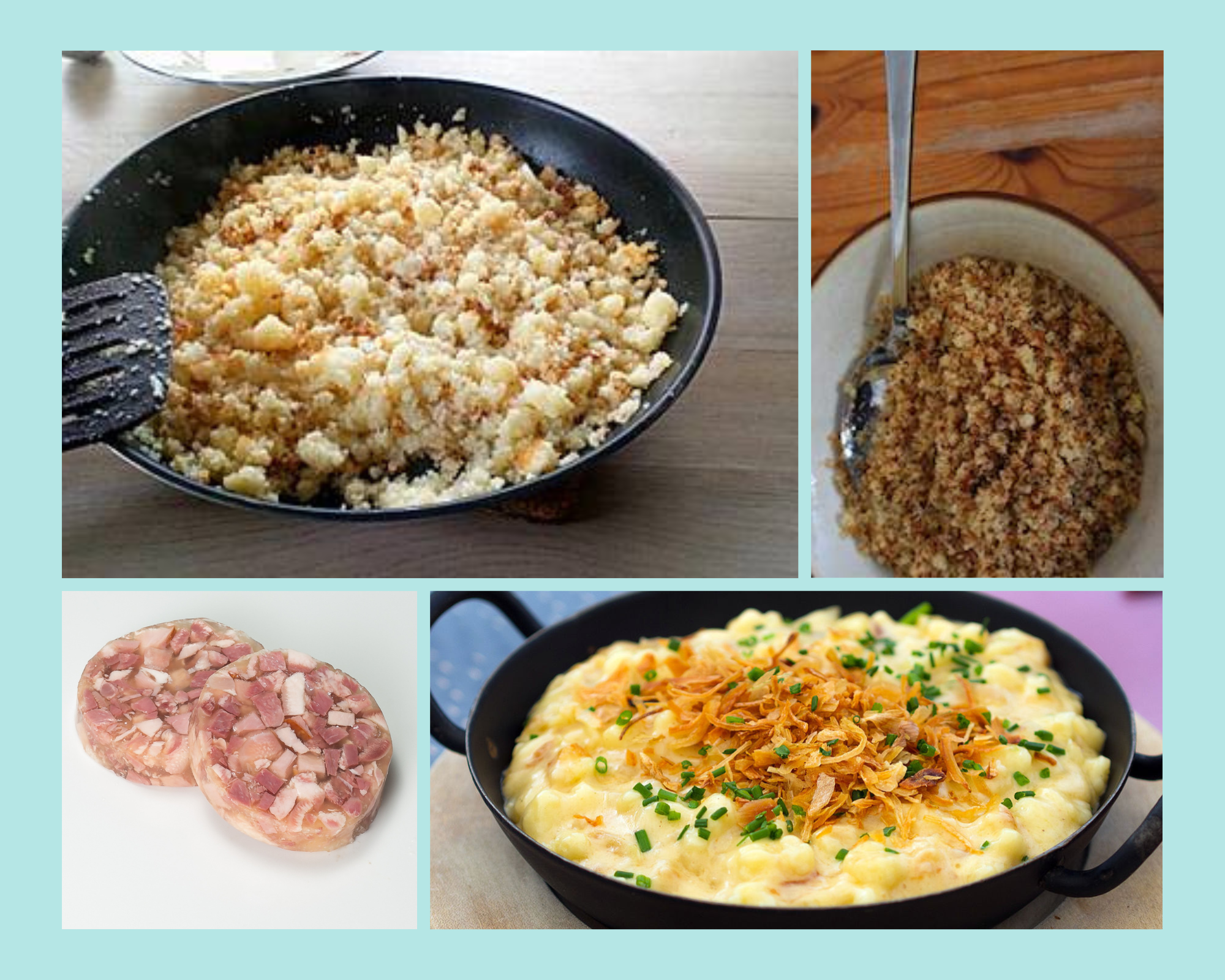
Photo Source : traveldreamdiary.com
Known as “the king cake,” Dreikönigskuchen is made with sweetened cake batter that is studded with chocolate chips and raisins before baking. Kratzer is shredded pancake that has been sweetened. Muesli is a chilled oatmeal dish consisting primarily of oats and other components such grains, seeds, nuts, and fresh and dried fruits.
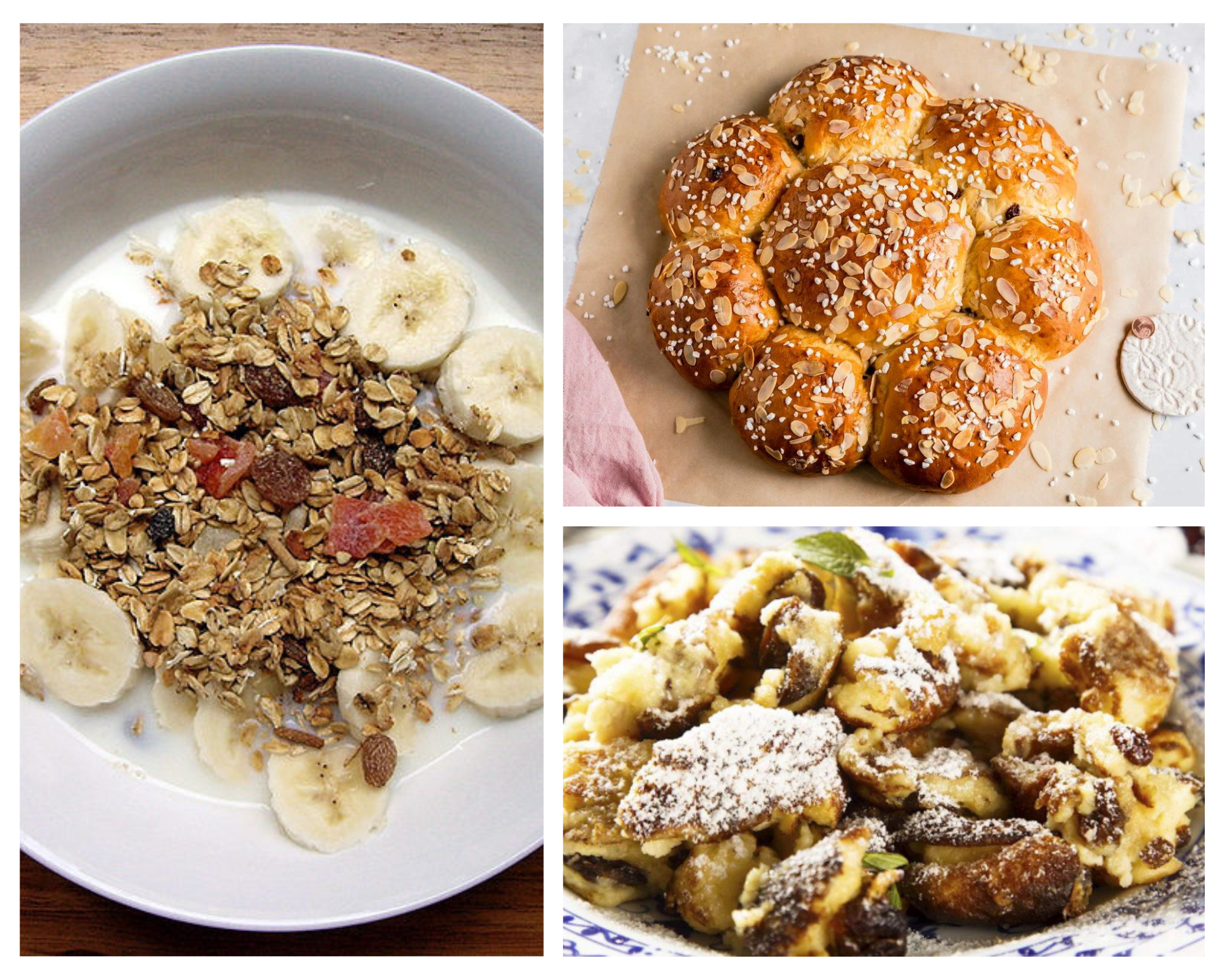
Photo Source : traveldreamdiary.com
Restaurants
The Alpenhotel Malbun The menu specializes in meals made with premium meats, such as fondue, game, stir-fries, and steak variations. Dessert must be the French pastry. The cuisine at Bergrestaurant Sareiserjoch consists of raclette, meat, soups, and cheese fondue. The best Italian restaurant in the nation, Ristorante Enoteca Leonardo, serves amazing pasta, meat, and seafood dishes as well as Italian ice cream.
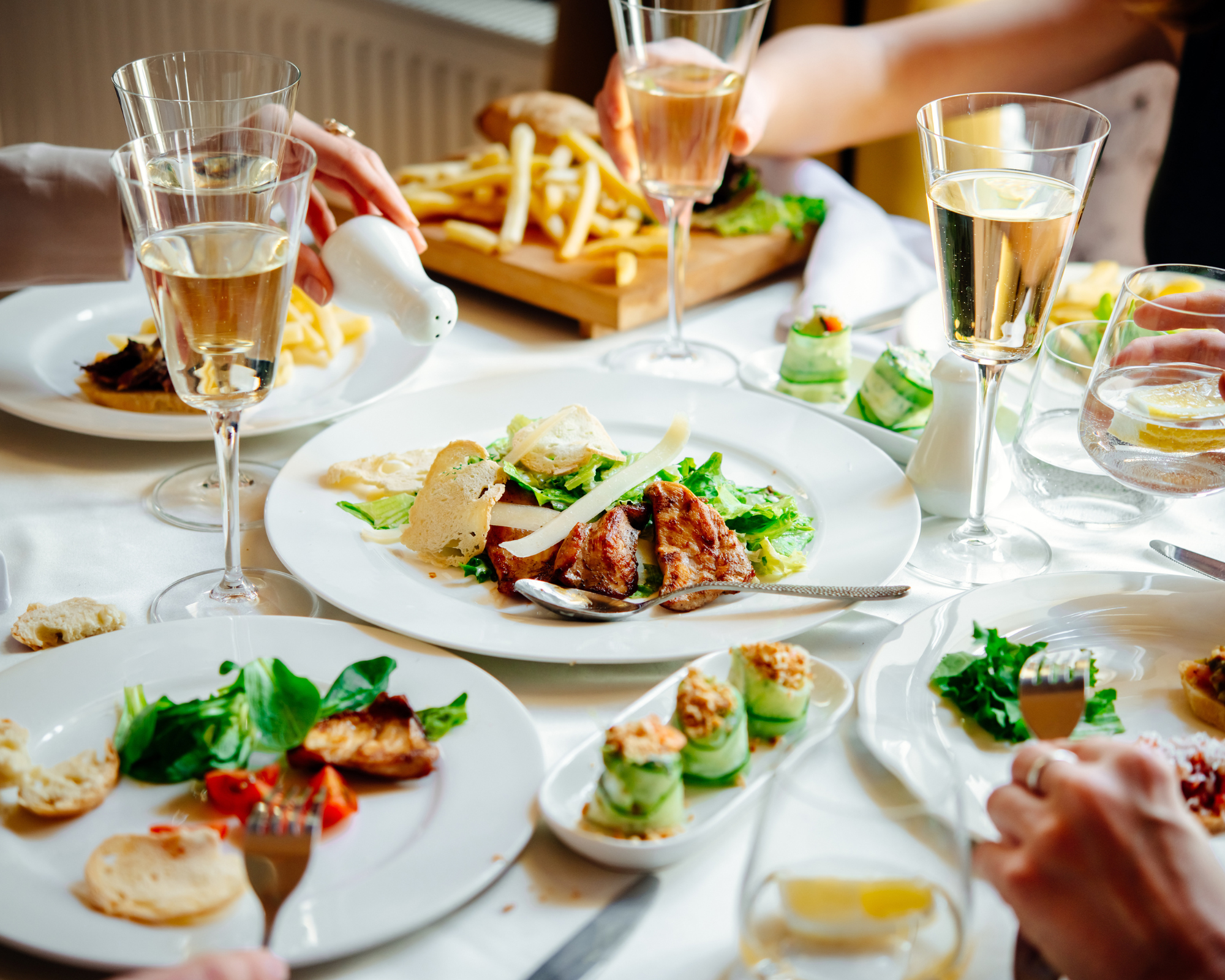
Photo Source : OanaAlexandra on canva.com
Restaurant Adler: The menu makes it evident that the restaurant prefers regional specialties like hash browns, cutlets, Käsknöpfle (cheese dumplings), and flavorful game dishes. Burg Brasserie is a cross between a Neapolitan pizzeria and a Parisian brasserie. Diners can either take advantage of the sunshine while seated at round white marble tables and wicker chairs. A Michelin-starred eatery called Restaurant Marée is perched on a plateau with breathtaking views of the mountains that surround the Principality.
Saving Tips
Purchase your tickets in advance. If you want to go to Liechtenstein by train You can use your Switzerland Card to take public transportation in Liechtenstein if you are also visiting Switzerland.
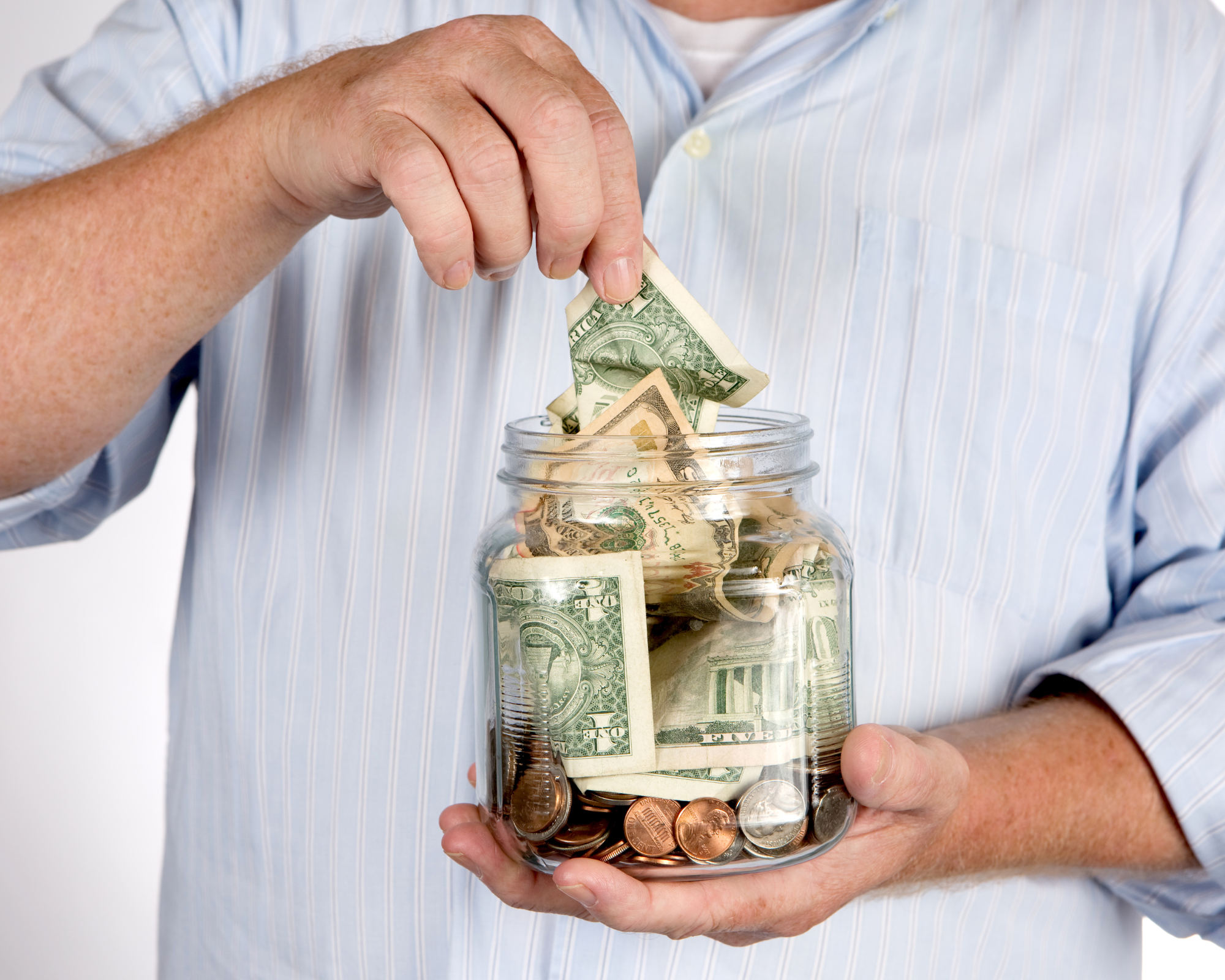
Photo Source : OanaAlexandra on canva.com
It is advisable to have a packed lunch if you are only planning a day trip to Liechtenstein. The cuisine is quite priced. Make sure to reserve your hotel in advance. If at all feasible, rent a car. Liechtenstein offers breathtaking landscapes and lakes that are easily accessible by automobile.
Book your tours!
Tours: If you do not go by car and need to know more information about the tours, and things to see, we recommend these companies that are offering tours for any kind of activity you want to do and where you can buy trips much cheaper than if you buy them when you arrive at your destination. It is always good to be able to save some money!
Viator, Get Your Guide, Tiqets, City Sightseeing, Sesame, Sightseeing Pass, Contiki, Riviera Travel, CityPass: the best activities in town!
Shopping
There are a lot of souvenirs marketed here that resemble items from Switzerland. Fine linens and needlework, skillful woodcarving, delectable Swiss chocolate, exquisitely crafted watches and beauty clocks, exquisitely fragrant cheeses, and distinctive Swiss army knives are also available. Still, a small number of goods are exclusive to Liechtenstein. The nation is well-known for its handcrafted pottery and ceramics, as well as goods crafted from native Balzner marble.

Photo Source : OanaAlexandra on canva.com
While it may not have the same reputation for shopping as its landlocked neighbors Germany, Austria, or Switzerland, the nation may nonetheless compete in the souvenir market. Generally speaking, malls across the nation are open from 8:00 a.m. until 6:00 p.m. Sundays are closed in respect of the Christian Sabbath, Monday through Friday. We purchased the mementos from Vaduz’s downtown, which is home to stores, eateries, and cafés. We had a great supper there following our trip to this incredible nation.
Getting Around
Buses are a convenient kind of transportation that run often. The LIEmobil bus even travels to Feldkirch, Austria, and Buchs, Switzerland. You can rent a car or drive yourself about; taxis are dependable. Due to its modest size, a lot of tourists here travel by bicycle.
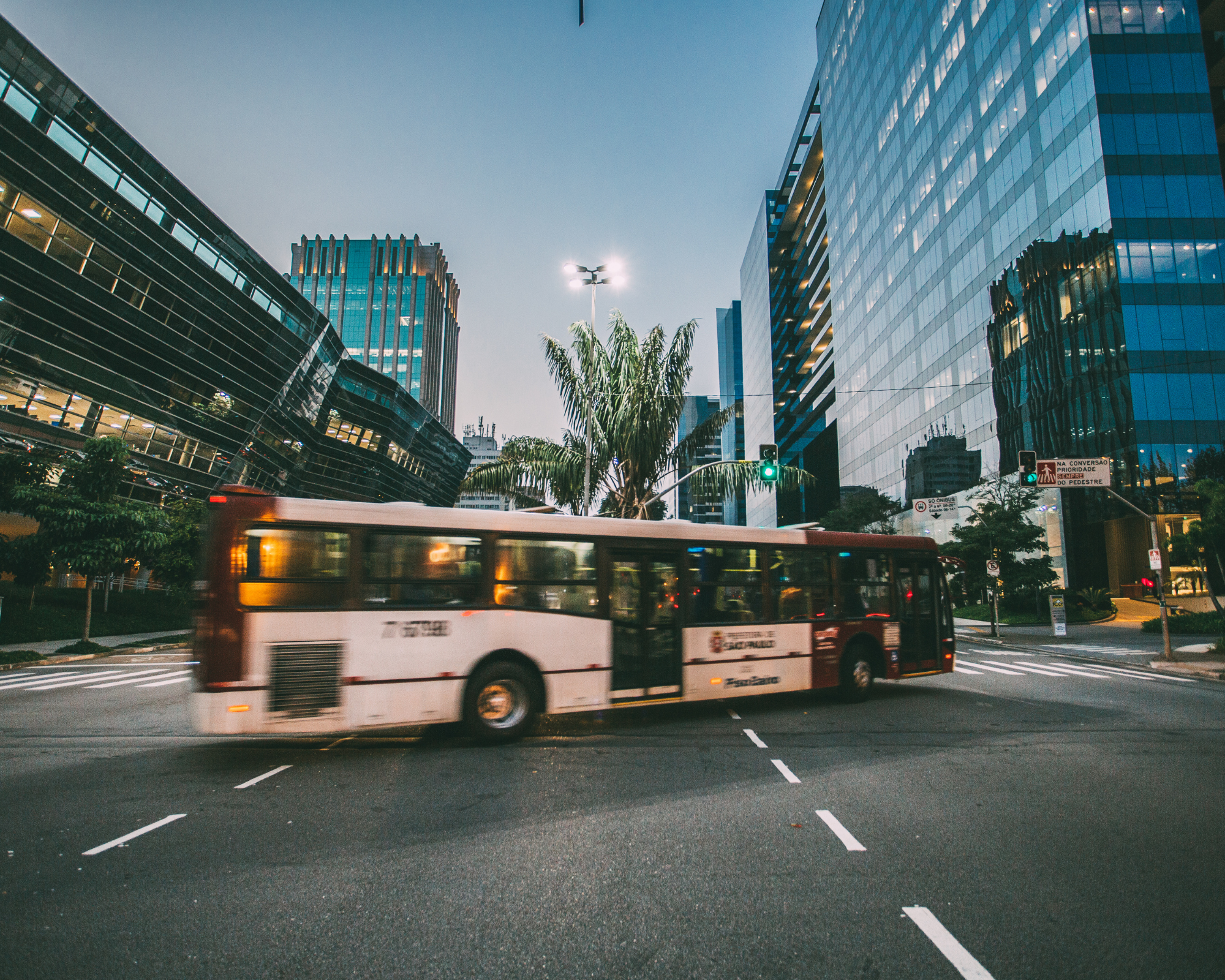
Photo Source : OanaAlexandra on canva.com
Liechtenstein offers a variety of transportation options, the most popular of which being public transportation. You can locate a bus to carry you from one place to another in the well-developed public transportation system of the nation. LBA is the top bus operator. Bus tickets are reasonably priced, and you’ll have a relaxing and peaceful journey across the nation. The weekly ticket is 24 CHF, and you can buy it.
Book your transport!
Rent a car!
Here you can find the best offers to rent the right car for you, as well as parking right in the airport: esky, Explorer, Centauro and intui.travel.
Getting Here
Because Liechtenstein is a small principality, it lacks airports. Nonetheless, travelers have an abundance of options because adjacent airports provide access to the nation. The 115-kilometer Zurich International Airport is one option you have. Nonetheless, Austria is served by neighboring airports. Furthermore, low-cost aircraft service Friedrichshafen in Germany, which is the gateway to Liechtenstein. The best route to reach Liechtenstein is via car, which typically passes through Switzerland’s Buchs. By bus From Buchs, you can take the Liechtenstein route. Bus schedules are available across the nation, and it is important that you are aware of them in order to avoid missing your bus.
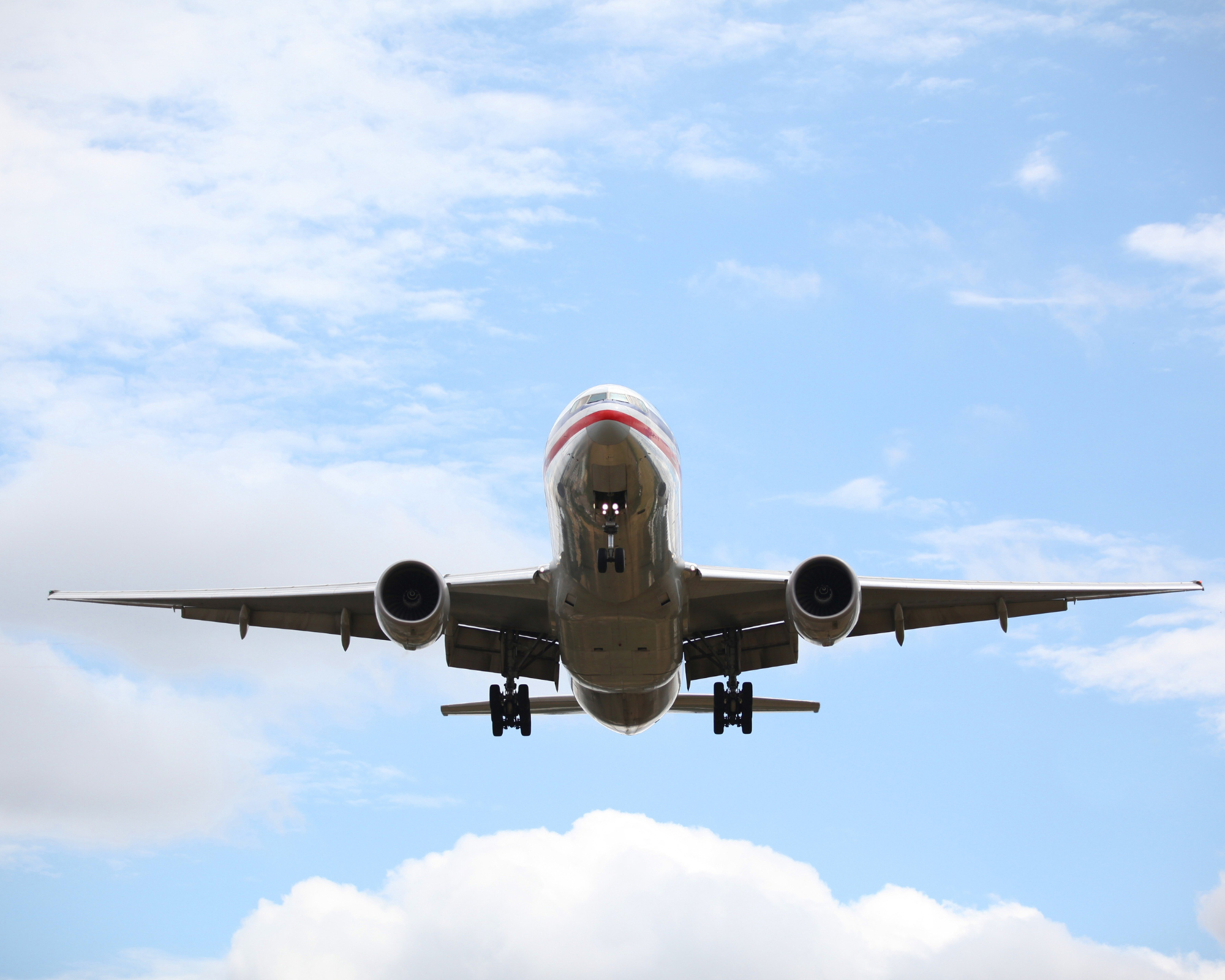
Photo Source : OanaAlexandra on canva.com
The primary roadways that cross the Rhine River, the boundary between Switzerland and Liechtenstein, are Swiss Autobahn Highways 13 and 14. Once you are on this side of the globe, there are lots of places to enter. The bridge leading into the southern town of Balzers is the most often used. Alternatively, you can take the bridge to Vaduz, where parking is reasonably easy to find and there’s a large garage beneath the Kunstmuseum.
You can use your Swiss Travel Pass for this journey if you are coming from Switzerland. To avoid the difficulties of buying tickets from one station after another, it is preferable to get a one-day pass for the entire network for 12 CHF. Alternatively, you can purchase a 24-CHF one-week pass that allows you to use the system on several trips over the course of a week.
Book tour Flights!
If you have not found your desired flight, or you simply want more flight options to find the best and cheapest, we will help you with the best flight plans, where you will definitely find what you are looking for. With just one click you will find the cheapest flights to a wonderful destination!
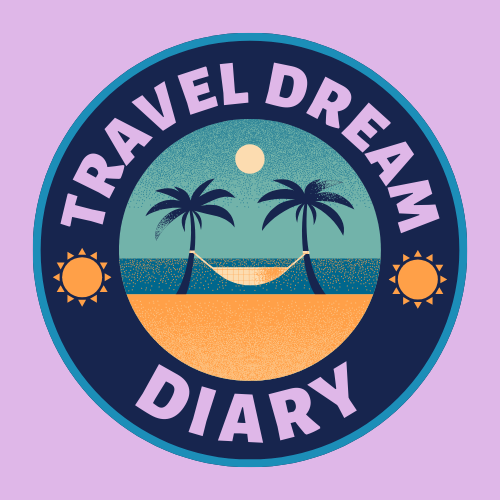

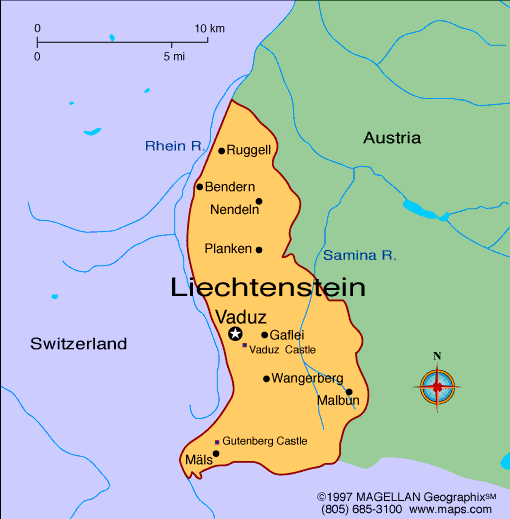
















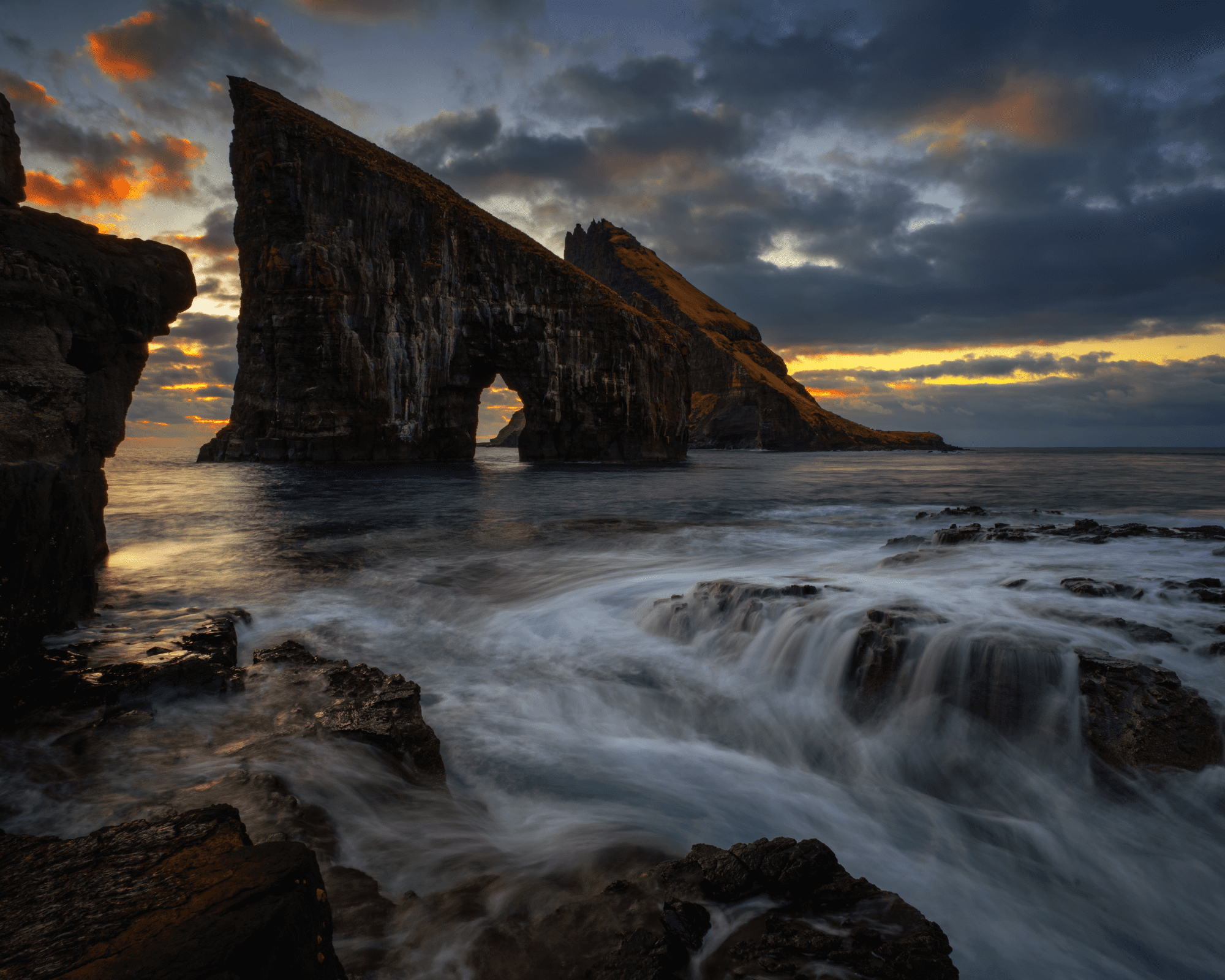
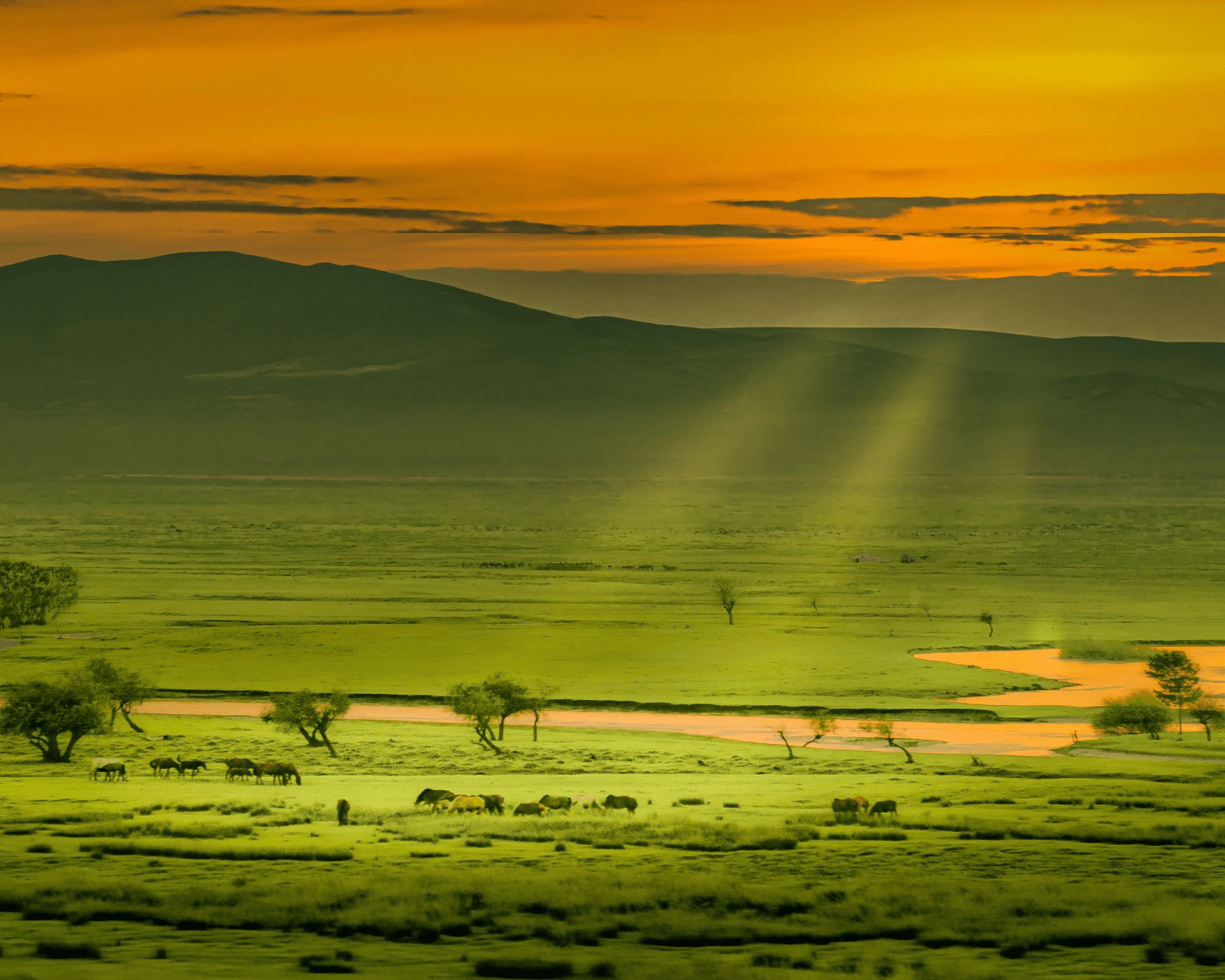
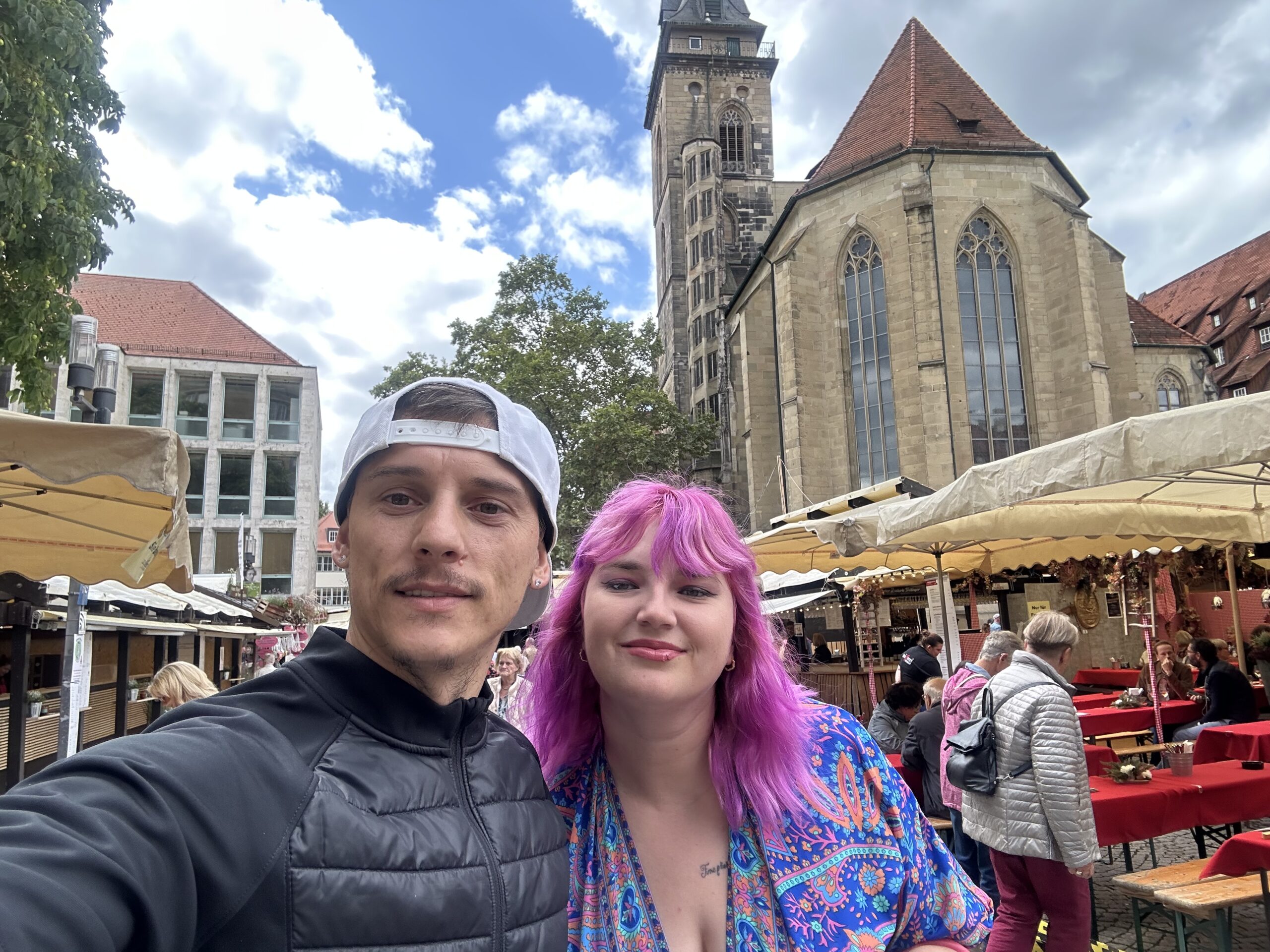
Very very great,thanks for your travel guide
Hi, I do believe this is an excellent blog. I stumbledupon it 😉 I am going to come back once again since i have book-marked it. Money and freedom is the best way to change, may you be rich and continue to help other people.
Very nice blog….I really love your photo gallery!
Thank you so much!